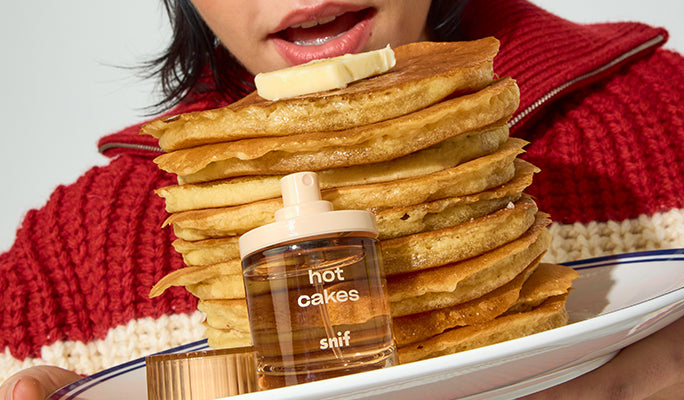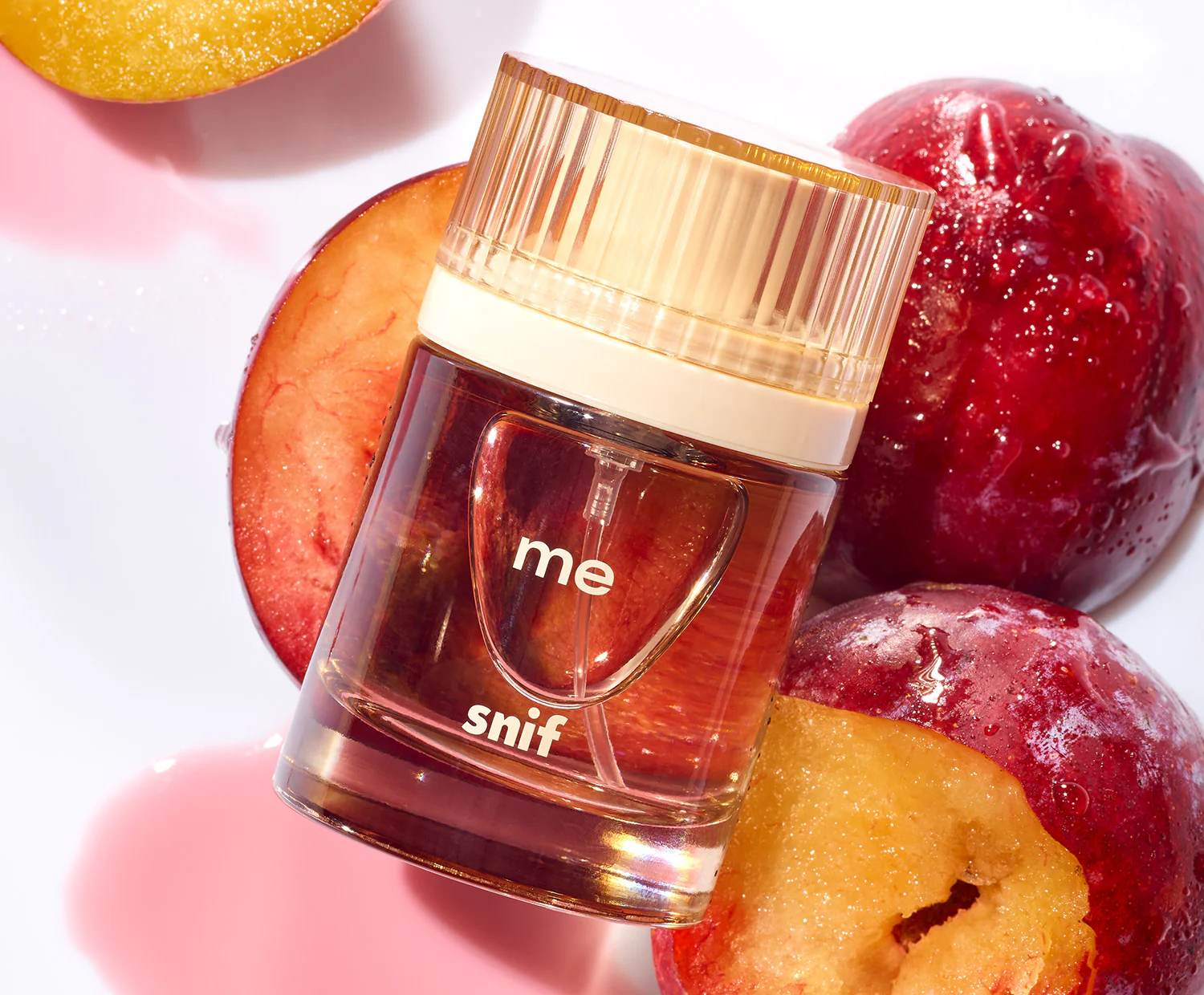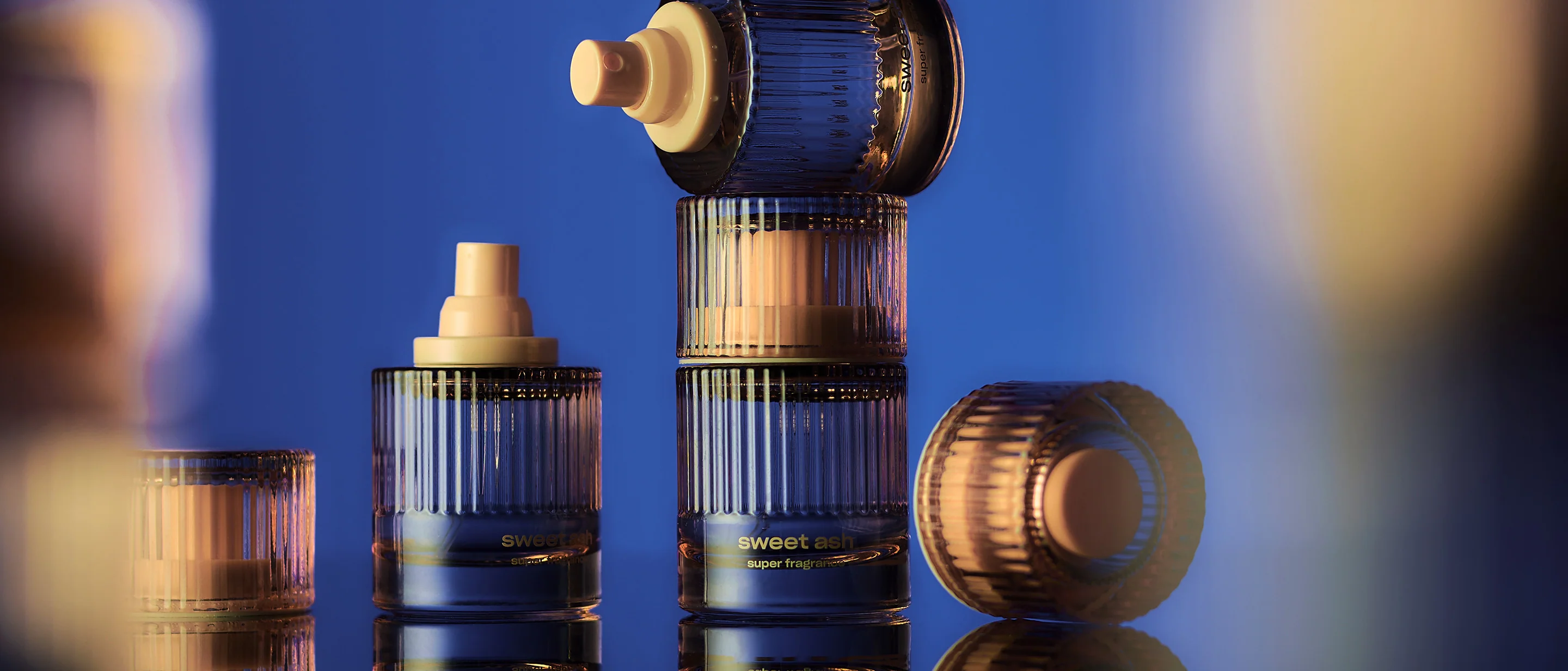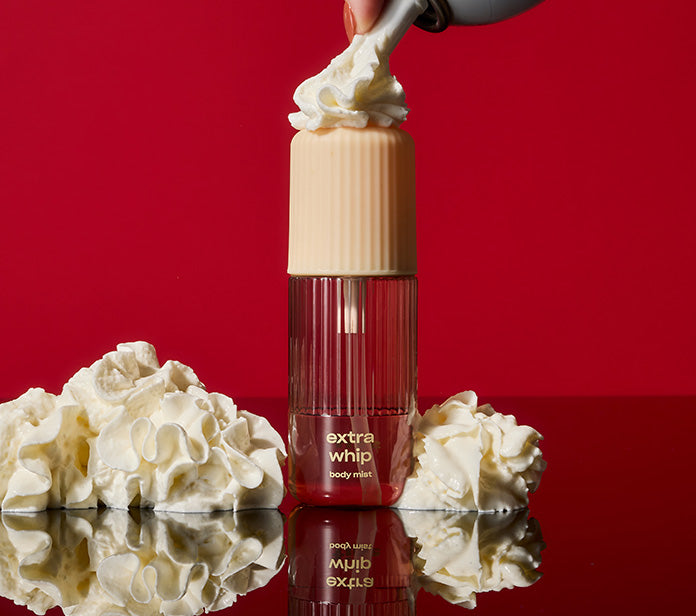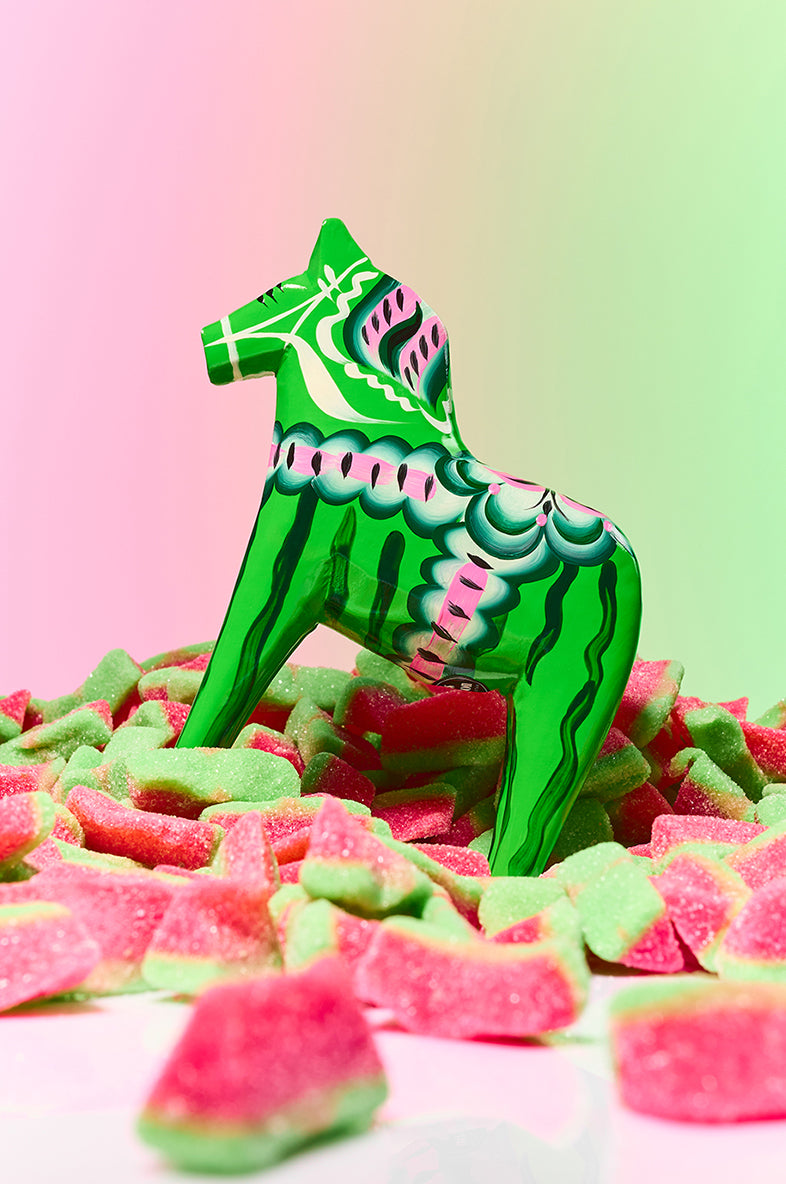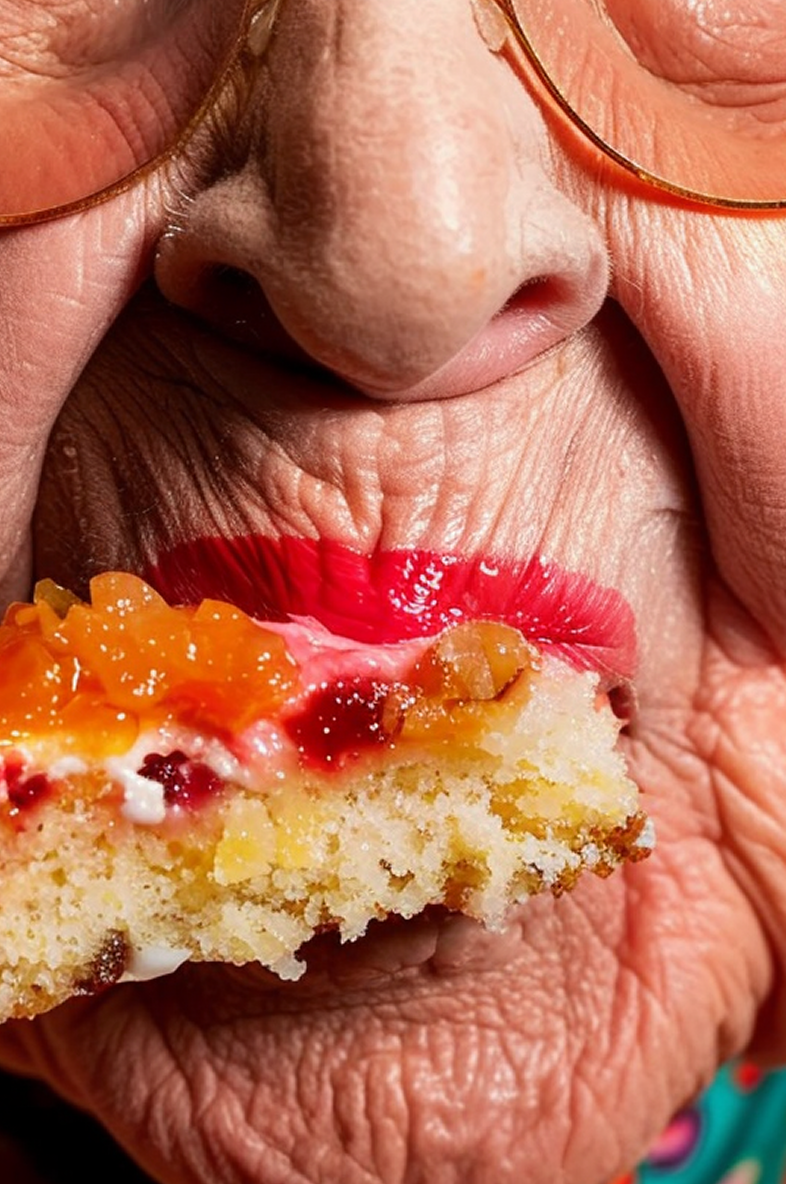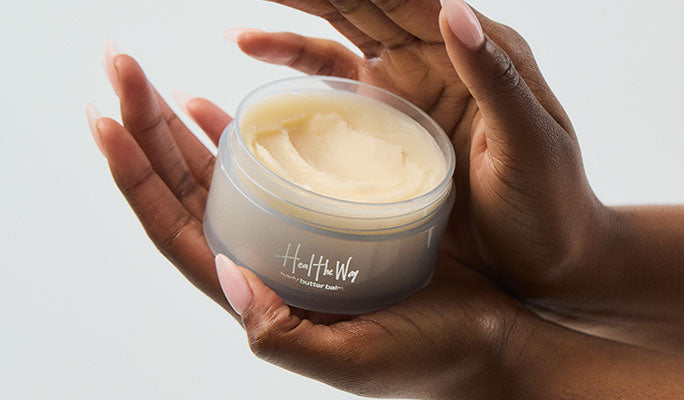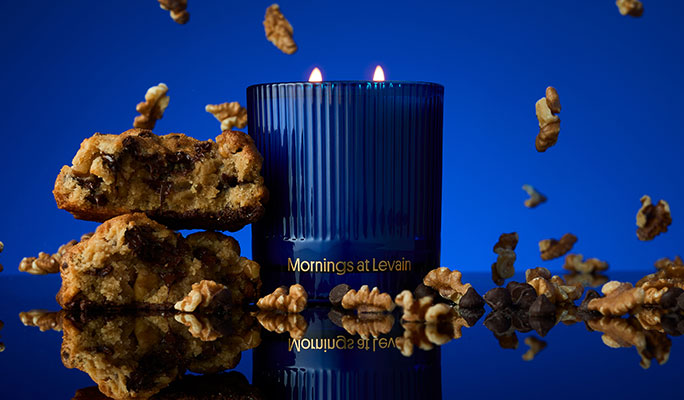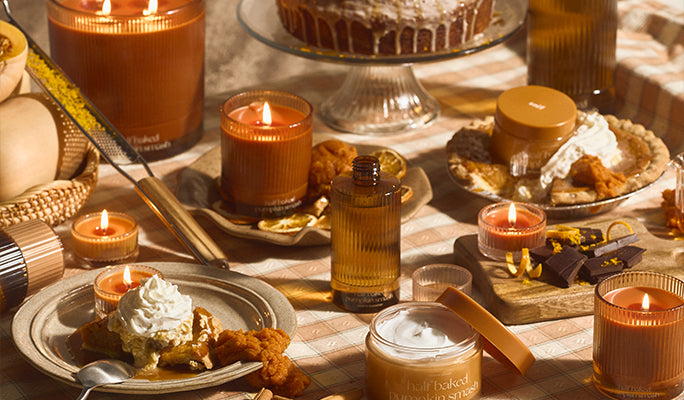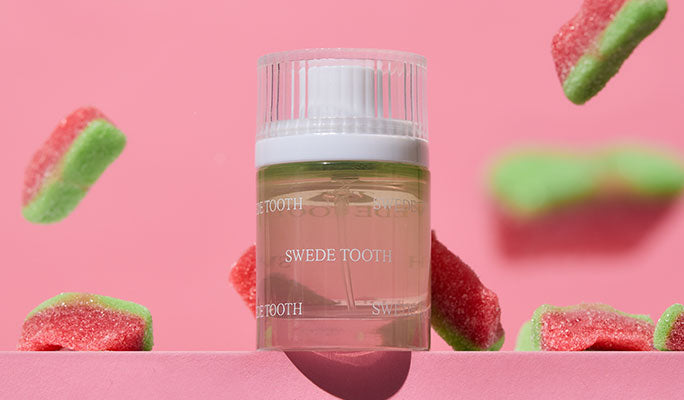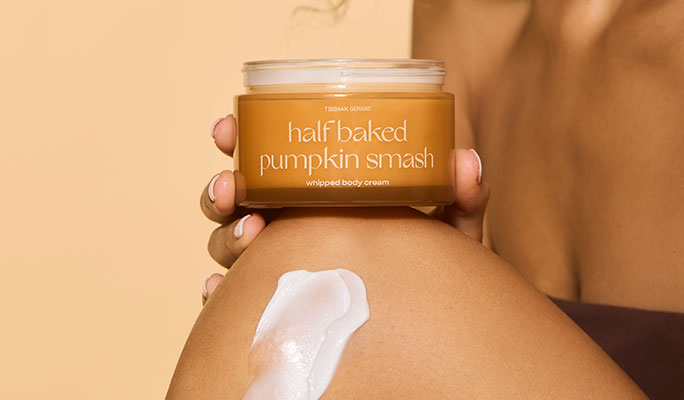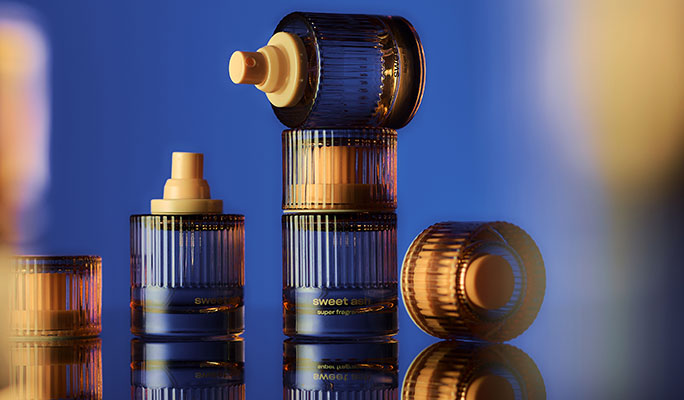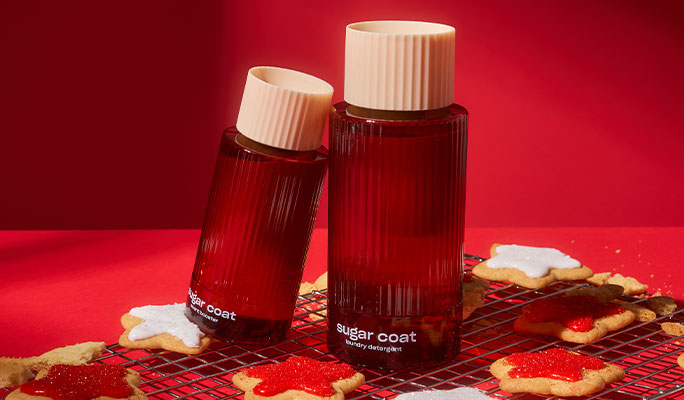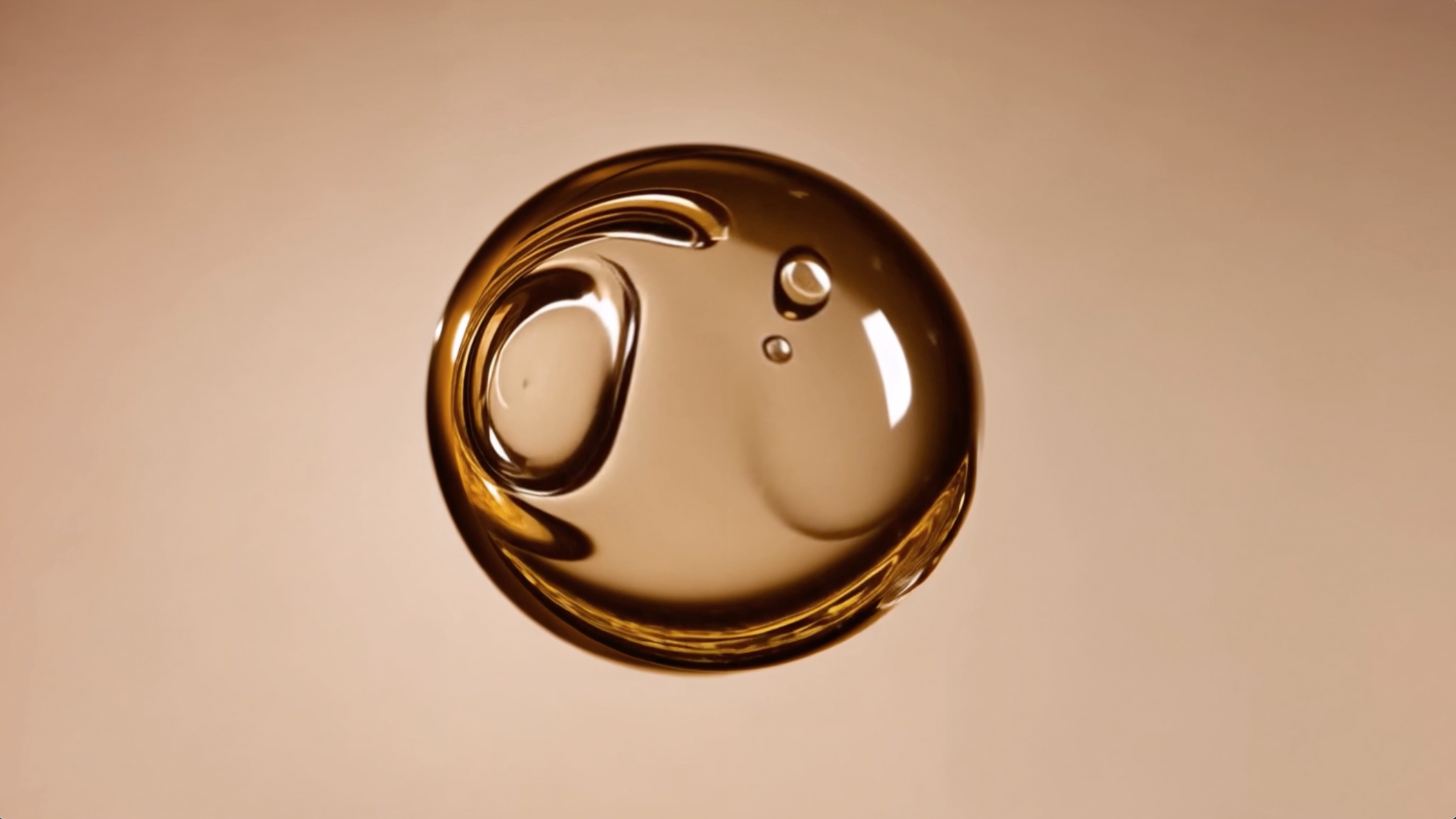Key Takeaways:
- Candles do degrade over time, making them less functional.
- Common signs of candle expiration include a weak scent and a low burning flame.
- Proper storage and usage can extend your candle’s lifespan.
Curious to know if that old candle sitting in the back of your closet is still safe to use? Or if it’s time to treat yourself and go shopping for more? You’re in the right place! Today, we’re sharing info on candle lifespans, what happens when they get old, and how to make yours last longer.
Do Candles Expire?
Candles don't expire like other household products do. For instance, when the milk in your refrigerator goes bad, it's a health hazard and has to be thrown out.
Candles function differently, so as long as there’s wax and a wick, they’re generally safe to use. That being said, candles do degrade over time.
What Happens If a Candle Is Expired?
When a candle lives past its prime, it will no longer perform the way it used to. Common signs of an “expired” candle include:
- Weakened scent
- Discoloration
- Brittle wax
- Crumbling wick
- Uneven burning
- Difficulty staying lit
The good news is that none of these changes are dangerous. If your products are showing signs of expiration, it might be time to shop for some new scented candles.
How Long Do Candles Generally Last?
There’s no one-size-fits-all when it comes to candle lifespans. To determine how long a candle will last, you’ll need to consider its ingredients, size, storage conditions, and frequency of use. Scented candles typically have a shorter shelf life because they contain fragrance oils that evaporate over time.
What we can tell you is how long our candles last. When treated with care, a 6 oz Snif candle is designed to burn for 35+ hours.
The 8.5 oz candle can burn for 50+ hours, and the 50 oz candle for 200+. Our combination of high-quality raw materials, premium soy wax blend, and pure cotton wicks ensures your candle performs at full capacity for an extended period of time.
How Do You Know If a Candle Is Past Its Prime?
There are easy ways to detect whether your candle is past its prime.
Poor Scent Throw
One of the most noticeable signs is the candle losing its smell. Scented candles rely on fragrance oils or essential oils to deliver their delightful aromas. As time goes by and these oils break down, the scent throw will deteriorate.
Scent throw refers to how well a fragrance fills a space. In other words, when your favorite gourmand candle no longer makes your bedroom smell like a bakery, it’s probably time to purchase a new one.
Altered Smell
Some candles develop a different smell altogether instead of losing their aroma. When heated over a long period of time, fragrance oils in candles can be chemically altered, changing their scent.
Sometimes, the candle wax will even absorb odors from its environment and emit a musty smell.
Weak Flame
A weak flame or one that flickers excessively is a clear sign of wick deterioration. Candle wicks are pieces of fiber that help draw wax up to the flame to emit an aroma. Wicks are made from all sorts of materials, including cotton, paper, and wood.
After repeated use, the fibers can begin to fall apart, and the damaged wick may result in a weak flame or no flame at all.
How Can You Preserve Your Candle Longevity?
Believe it or not, candle care does make a difference. The better you treat your candle, the longer it’s going to last.
Proper Storage
Where and how you store your candles can play a big role in their longevity. For best results, we recommend keeping them in a cool, dry place and away from any heat or moisture that could cause them to melt or become misshapen. The same goes for keeping them out of direct sunlight.
When your candles aren't in use, cover them with lids to preserve their scent and keep unwanted dust and debris out. If left open, the wax can absorb and later disperse ambient smells.
Though lids are extremely useful, we caution against using them over lit candles. When a burning candle is covered, it can trap smoke, heat, and soot, distorting its appearance and fragrance. In some cases, this can even be a fire hazard, especially when the lid is made from flammable material.
Proper Usage
A candle’s first burn can have a big effect on its longevity. The first time you light a new candle, allow it to burn until the entire top surface of the wax has melted. On average, this can take between two and three hours. This process prevents wax tunneling and sets the stage for a clean, even burn in the future.
As you continue to use your candle, do your best to avoid leaving it lit for more than four hours at a time. Extended burn sessions can lead to overheating and a buildup of carbon. This then forms a mushroom shape on the wick and inhibits its performance.
Over time, the wax from your candle will begin to evaporate, and more of the wick will become visible. A long candle wick can lead to soot, smoking, and an unstable flame. Make it a habit to trim your wick to about ¼ inch to ensure your candle burns cleanly.
Finally, when it’s time to extinguish your candle, try using a snuffer instead of blowing it out. This handy tool is built to safely cut off a flame’s oxygen supply without disturbing the wax, creating smoke, or damaging the wick.
Burn, Baby Burn
By following just a few candle care tips, you're going to minimize waste and extend the lifespan of your favorite scents. Take care of your candles, and they’ll return the favor!
FAQs
How can you tell if a candle has gone bad?
Look out for signs of wax discoloration, a weakened or altered scent, and a flickering flame. These are common indicators that your candle has gone bad.
Do candles expire if not used?
Yes, even idle, unused candles can degrade over time. To avoid this problem, we suggest rotating your candle collection. Light your candles periodically and prevent any from going to waste.
Is it okay to burn old candles?
Usually, yes, it’s okay to burn old candles. Using an old candle likely won’t hurt you, but might not work as well as it used to. If yours has lost its fragrance or is struggling to hold a flame, consider repurposing its wax or replacing the candle altogether.
Sources:
Essential Oils as Natural Sources of Fragrance Compounds | PubMed Central
Candle Science | National Candle Association
